What was Ancient Egyptian society like?
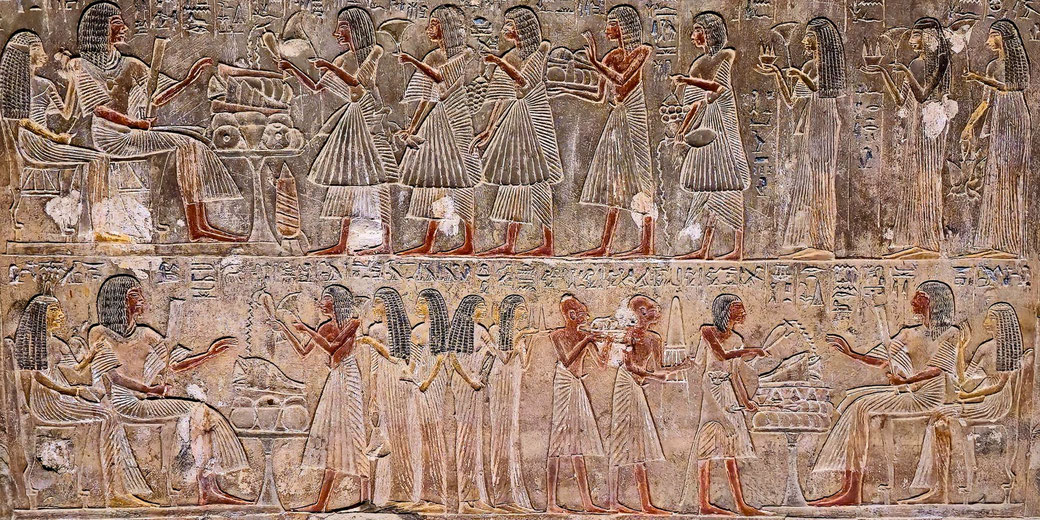
Everyday life in ancient Egypt was structured by an unseen hierarchy that influenced all people, from the divine pharaoh to humble labourers.
In fact, this system dictated a person's duties, privileges, and even spiritual destiny. However, to understand how power, religion, and work were linked, we must look at the roles, relationships, and expectations of Egypt’s rigid social structure.
Ancient Egyptian social structure
Ancient Egyptian society is usually explained as a kind of ‘pyramid’ structure. The most powerful people were few in number and sat at the ‘top’ of the society, while most people were peasants and had little power and were at the ‘bottom’.
In between the pharaoh and the peasants, there were several social groups with progressively more power, the closer they were to the top.
Usually, the social group you were born into is the one you remained in for your entire life.
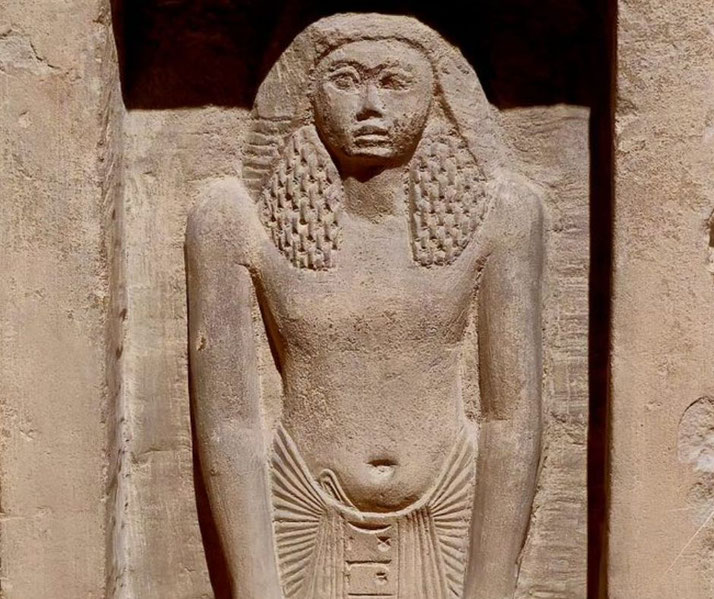
The pharaoh
From the beginning of the pharaonic age, around 3100 BC, the pharaoh was the king of Egypt.
He had control of all laws and the kingdom's armies, which made him the most powerful person in all of ancient Egyptian society.
In particular, the pharaoh controlled most of the land in the empire, which made also him the wealthiest person in society as well.
What is more, Egyptians considered the pharaoh to be one of their gods. So, the king also had considerable religious authority as well.
The vizier (also known as ‘prime minister’)
The next most powerful person in Egypt was known as the ‘vizier’. The person was assigned to the position by the pharaoh, and he acted as the pharaoh’s most trusted advisor.
In this capacity, the vizier was responsible for the day-to-day running of the country and acted as the chief judge to settle all legal matters.
As part of these duties, all official statements sent out across the land were required to have his personal seal on them.
The vizier was so close to the pharaoh that he was often responsible for managing the pharaoh’s own household as well.
Nomarchs (also known as ‘governors’)
The Egyptian empire was divided into smaller regions that were like ‘states’ within countries today.
These smaller states were called nomes, and rich nobles were assigned to oversee each of these regions. As a result, they were called ‘nomarchs’.
The nomarchs held a lot of power, but they could only exercise it within their assigned region.
Specifically, their main tasks were to ensure that crops were harvested, that income was generated, and that peace was kept to help the pharaoh successfully maintain control over such a large kingdom.
Priests
Ancient Egypt was a deeply religious society, with hundreds of temples, both small and large, across its vast empire.
In theory, the pharaoh was considered to be the high priest of every temple in Egypt; in practice, he could not be everywhere at once.
Instead, groups of priests managed all the temples and acted on the pharaoh’s behalf to offer sacrifices and supervise religious activities.
The main concern for the priests was to ensure that the gods remained happy and that all of the necessary ceremonies were completed every day.
Some temples and their priests became extremely influential.
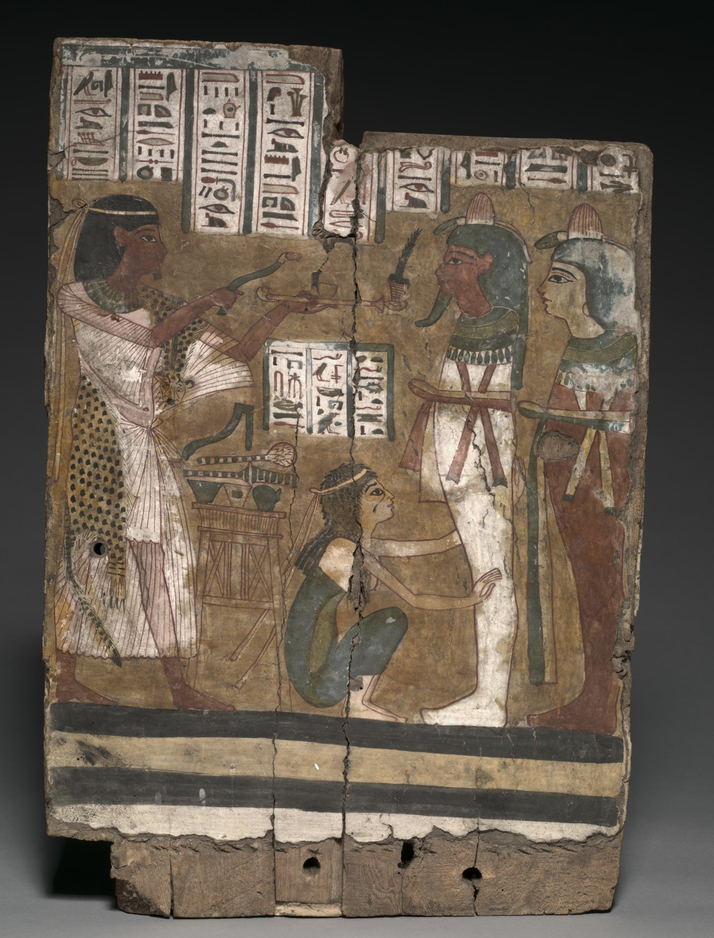
Scribes
The scribes in ancient Egypt were extremely important people because they were the only ones trained to read and write.
Their main jobs were to keep accurate records of everything that occurred in the kingdom, and to write all official documents for the pharaoh, nomarchs, and priests.
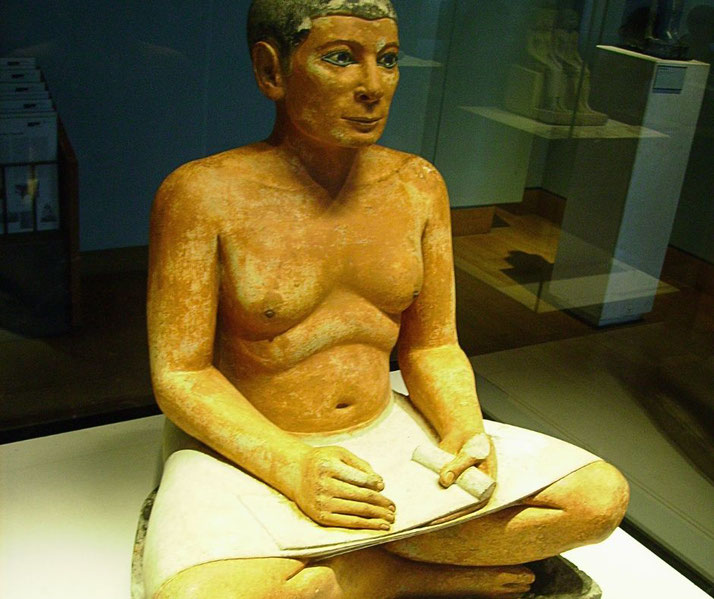
Nobles
The vizier, nomarchs, priests, and scribes were usually nominated from among the noble families across Egypt.
Such ‘nobles’ were families who had held wealth and power in the kingdom for several generations.
Because of this, they had the time and money to train their children in the necessary skills to take on the various roles mentioned above.
Most of their wealth came from large farming estates where peasnat farmers were responsible for growing their crops.
Craftspeople
In this social class, people specialised in a particular craft: builders, potters, metalworkers, leatherworkers, painters, sculptors, carvers, weavers, jewellers, tailors, and more.
Specifically, such workers played important roles in creating temples and tombs for the pharaohs, as well as producing weapons and equipment for his armies.
Still, they were essential to Egypt’s functioning despite being towards the lower end of the social pyramid.
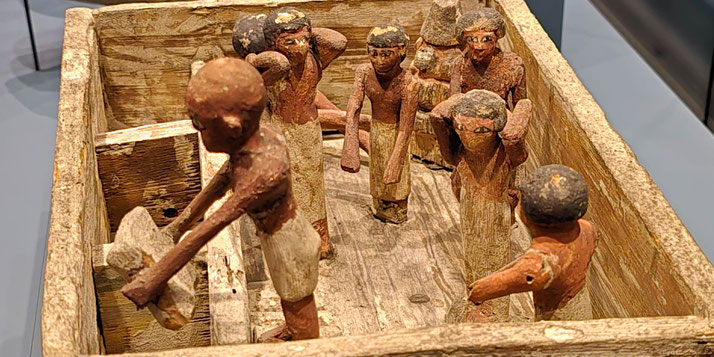
Peasant farmers, fishermen and labourers
At the lower end of the social order were agricultural workers, such as farmers and fishermen, who grew the crops and caught the fish to feed Egypt.
Most people, perhaps as much as 90%, in Egyptian society were part of this group.
During the year when there were no crops to plant or harvest, these farmers and labourers were used by the pharaoh to build monuments that were pyramids.
Servants and slaves
Typically, at the very bottom of Egyptian society were the servants and slaves.
These people had been captured in war or had sold themselves into slavery to pay off a family debt.
Unfortunately, slaves had no power and were at the complete mercy of their masters.
Women in Ancient Egypt
Each of the social classes mentioned above applied to both men and women. There were even some female pharaohs.
Although, at each level of Egyptian society, women typically held less power and authority than men.
Even so, Egyptian women generally had more rights compared to other ancient societies like Greece and Rome.
For example, Egyptian women had the ability to buy their own land, speak on their own behalf in court cases, and even divorce their husbands if they wanted to.

What do you need help with?
Download ready-to-use digital learning resources
Copyright © History Skills 2014-2025.
Contact via email
With the exception of links to external sites, some historical sources and extracts from specific publications, all content on this website is copyrighted by History Skills. This content may not be copied, republished or redistributed without written permission from the website creator. Please use the Contact page to obtain relevant permission.





